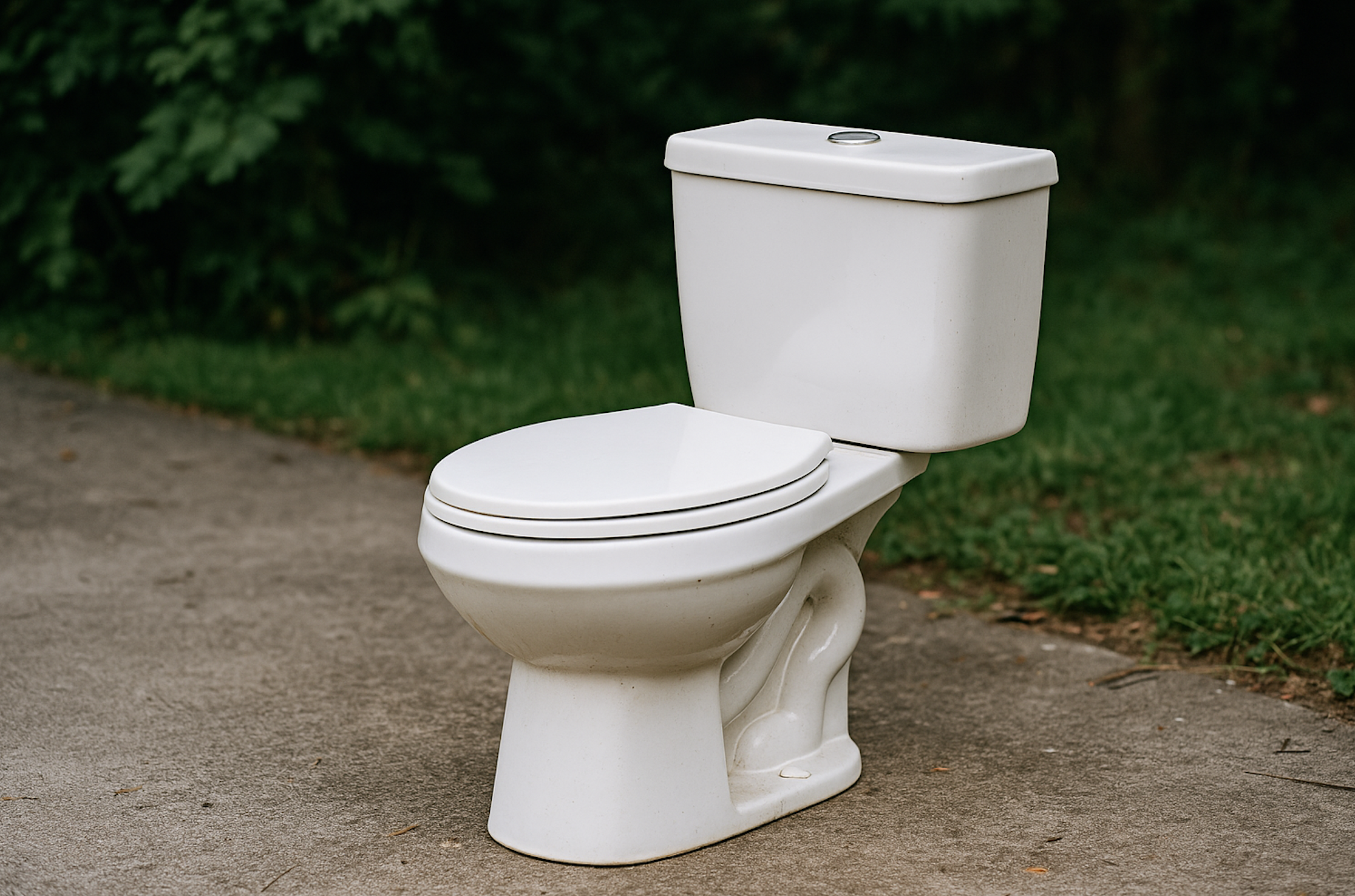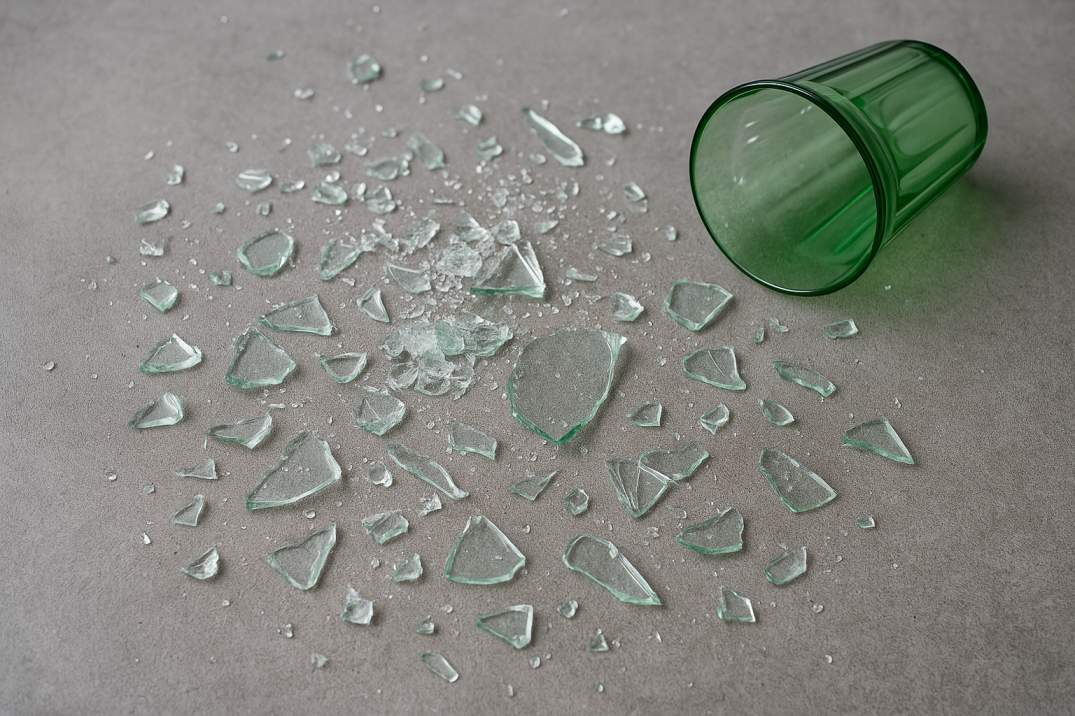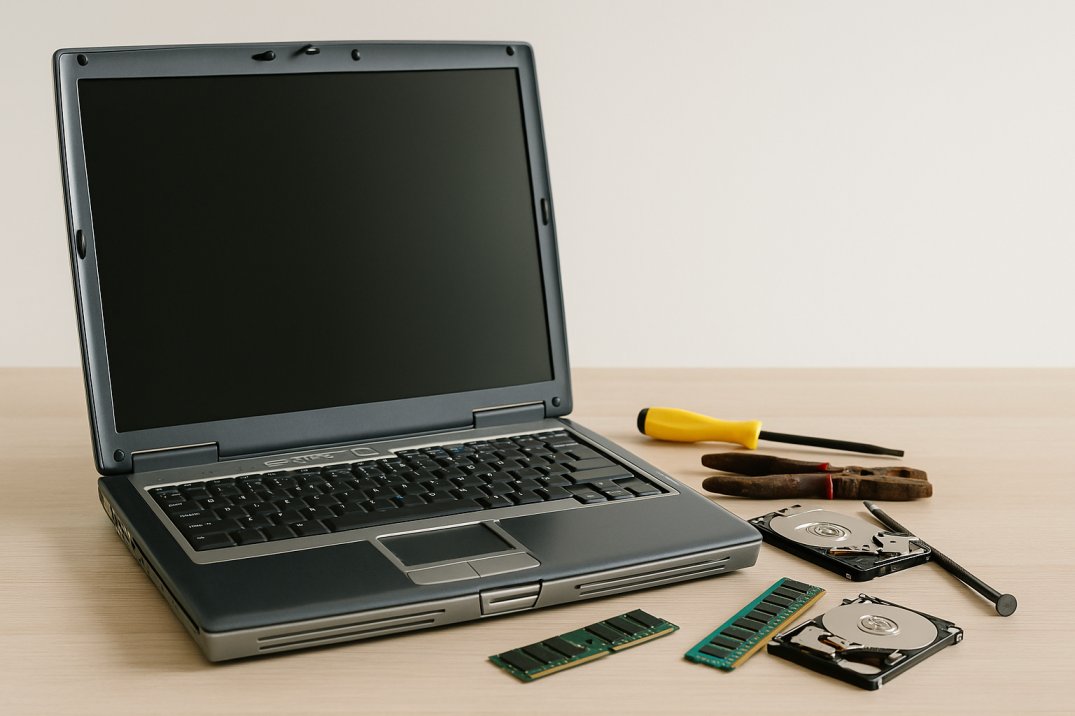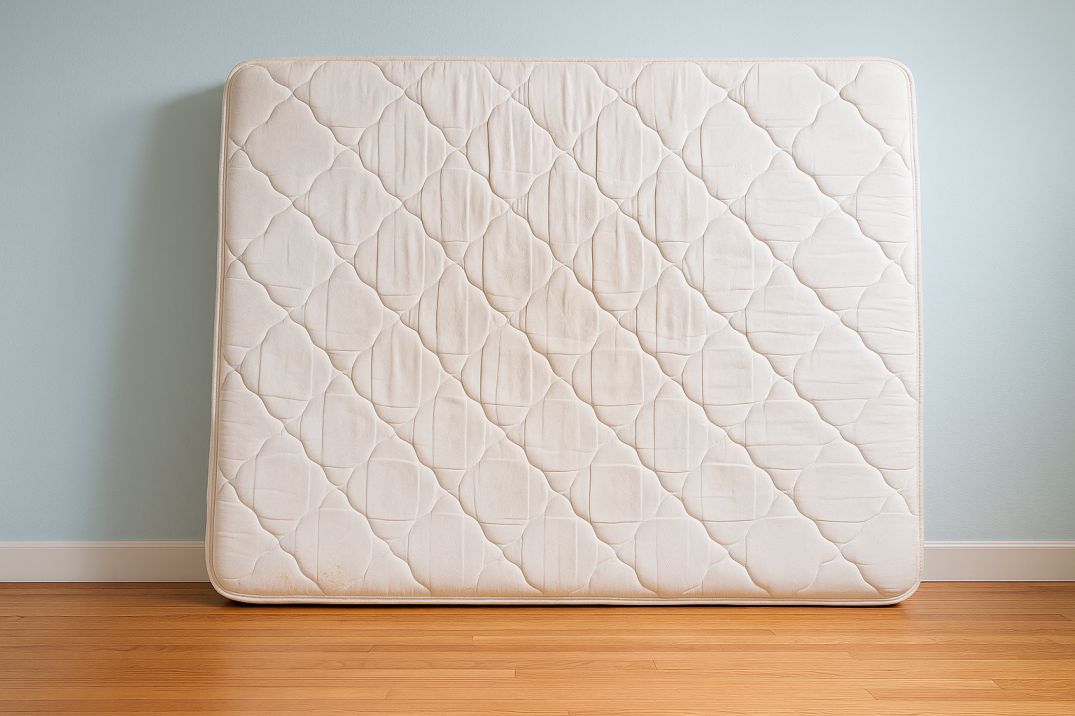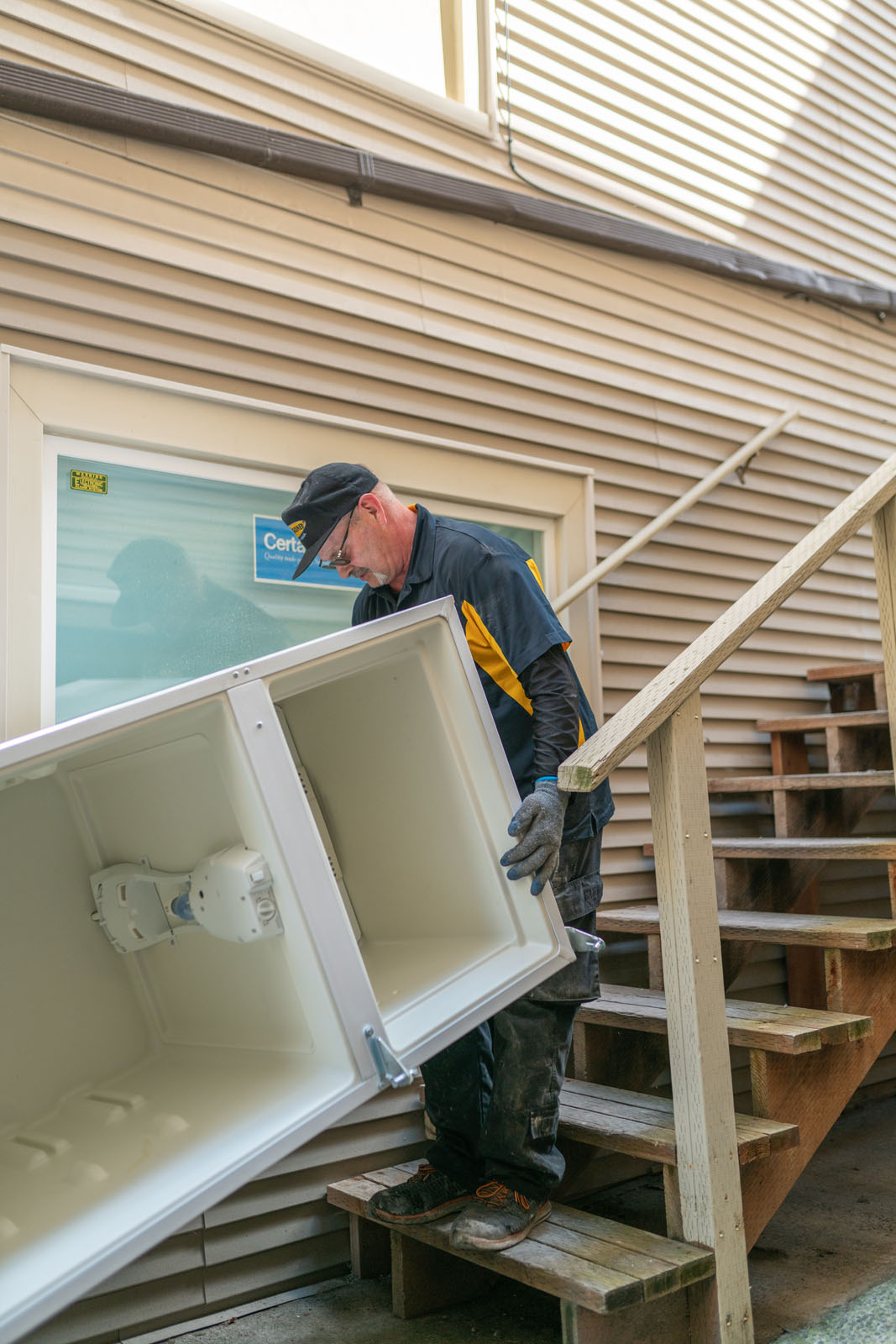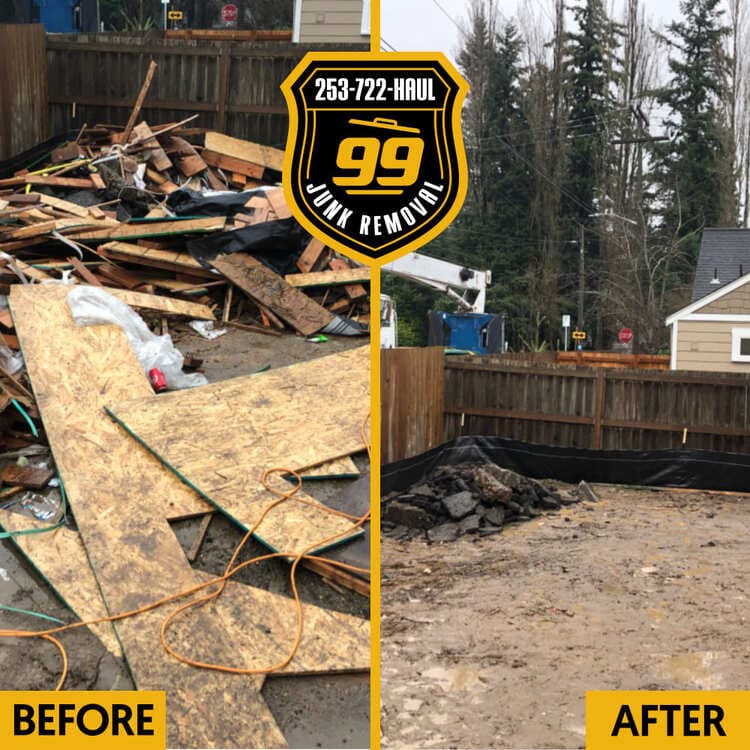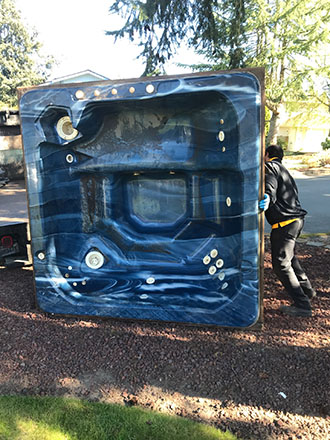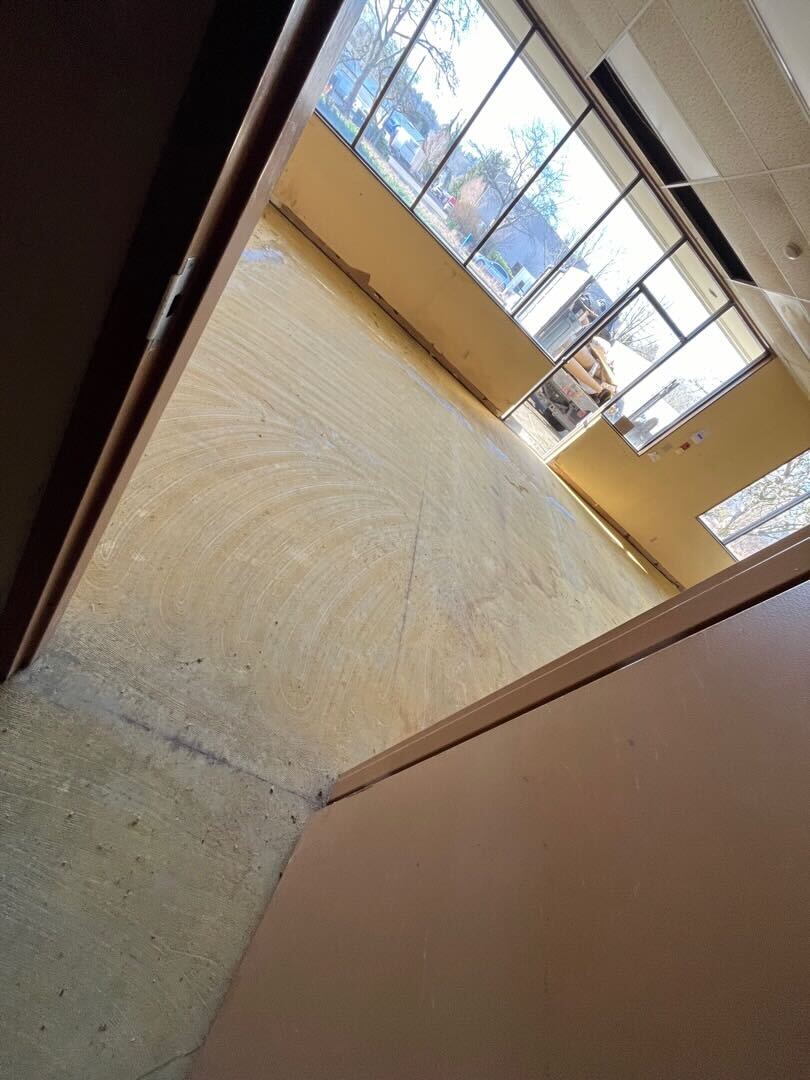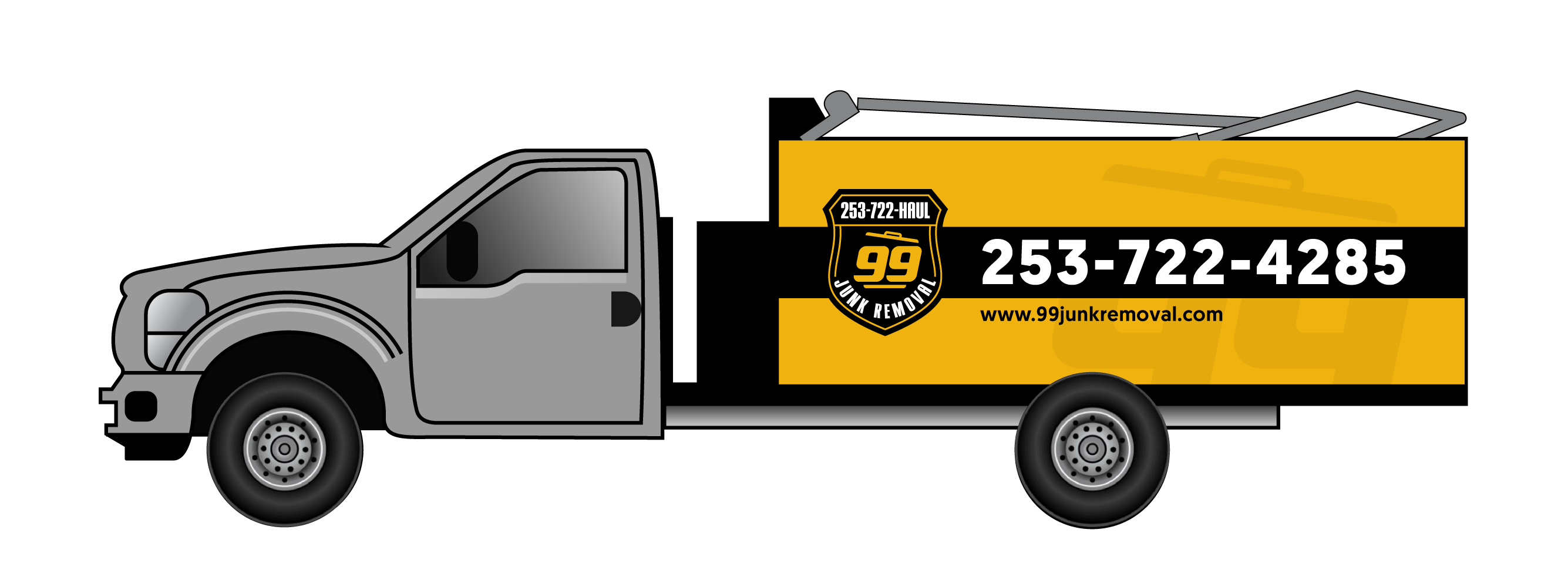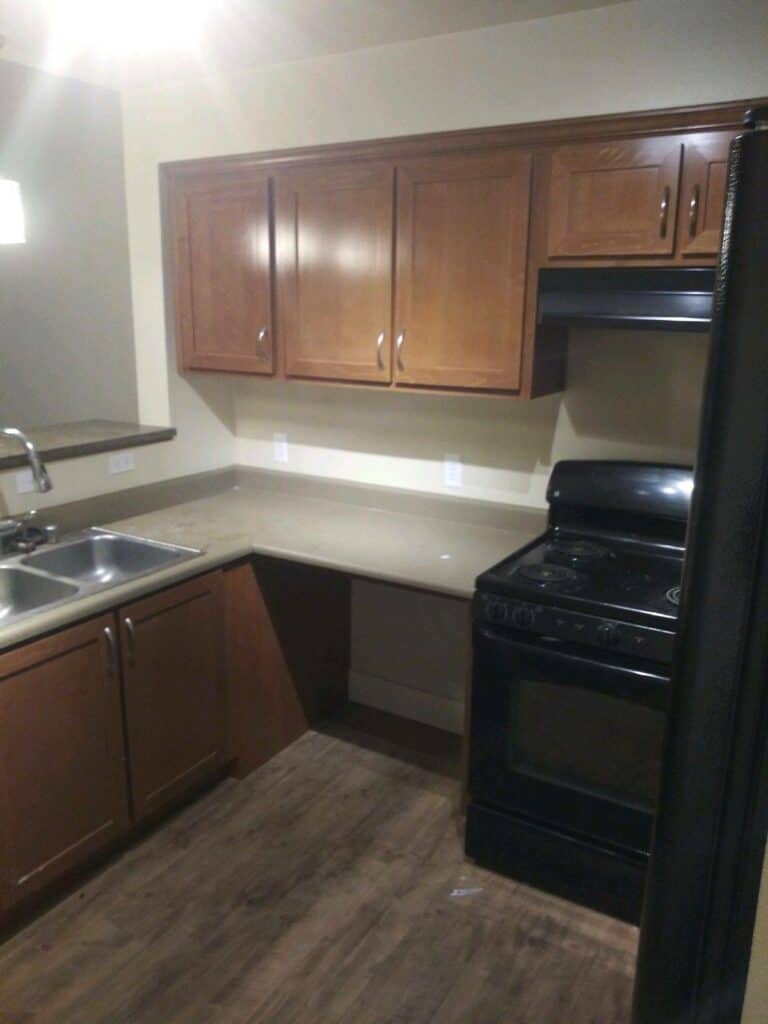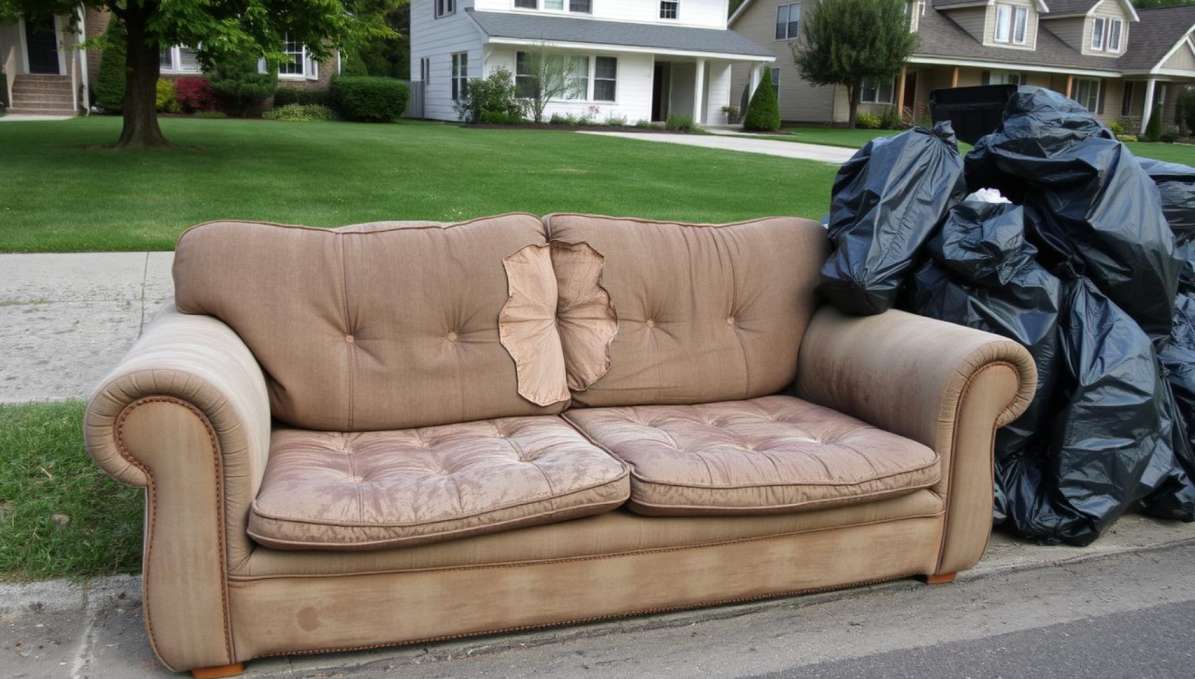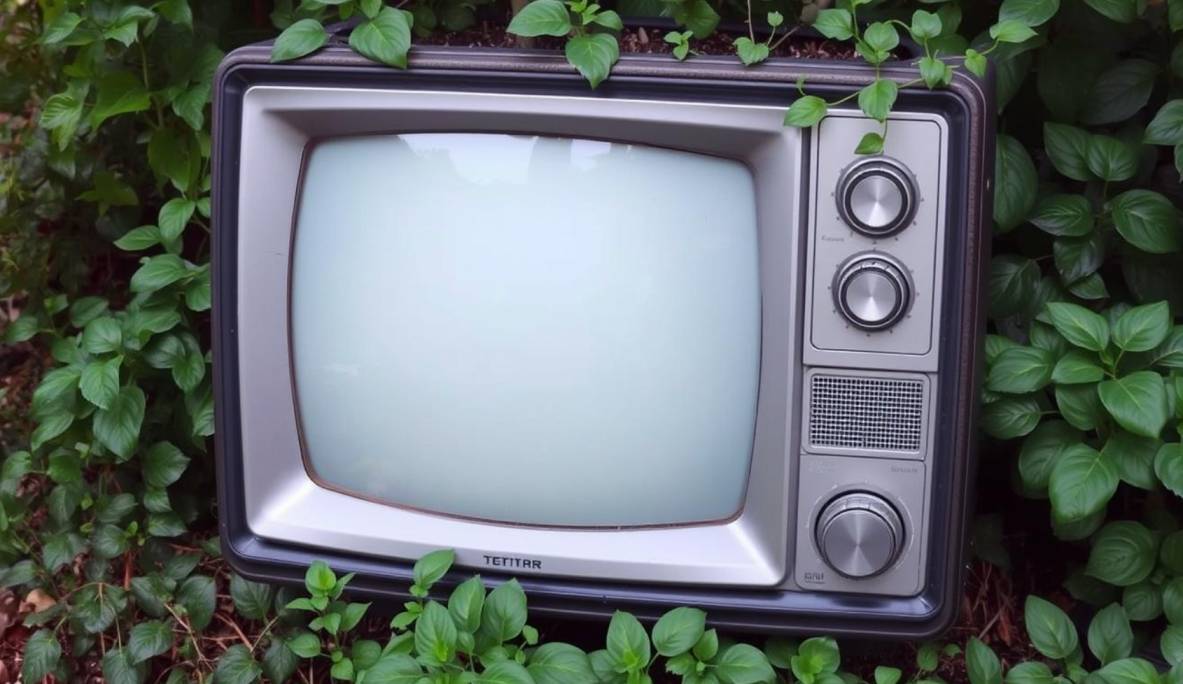Fireplace inserts are a popular addition to many homes, designed to improve the efficiency and functionality of traditional fireplaces. These self-contained units fit directly into the existing fireplace cavity, providing better heat output and reducing energy waste. Depending on the type, they can burn wood, gas, or electricity, offering homeowners a variety of heating options. However, as useful as they are, there may come a time when you need to remove a fireplace insert—perhaps for an upgrade, repairs, or to repurpose the space.
There are several reasons why you might want to remove a fireplace insert. Maybe it no longer matches your décor, or perhaps it’s outdated and needs replacing with a more efficient model. Some homeowners choose to remove inserts to revert to an open fireplace look or convert the space for alternative uses. Whatever the reason, understanding how to remove the insert safely is critical to avoid damaging your home or risking injury.
Removing a fireplace insert isn’t a task to take lightly—it requires careful planning and the right tools. Fireplace inserts can be heavy, awkward to handle, and often connected to gas or electrical systems, making safety a top priority. Before you start, it’s essential to disconnect any power or gas supply, clear the surrounding area, and equip yourself with proper safety gear like gloves and goggles. Taking these precautions ensures that the removal process goes smoothly without causing unnecessary accidents or damage to your property.

What is a Fireplace Insert?
A fireplace insert is a self-contained unit designed to fit inside an existing fireplace. It improves the efficiency of traditional fireplaces by minimizing heat loss and providing better control over the fire. These inserts are typically made of steel or cast iron and are equipped with insulated glass doors, vents, and sometimes blowers to distribute heat more effectively. They serve as an excellent solution for homeowners looking to upgrade their old, inefficient fireplaces into powerful heating sources.
Common Uses of Fireplace Inserts
- Enhanced Heating Efficiency: Inserts help reduce energy waste by directing more heat into the room rather than letting it escape through the chimney.
- Versatile Fuel Options: Depending on the type of insert, they can burn wood, gas, or electricity, offering flexibility for different needs and preferences.
- Aesthetic Appeal: Many inserts come with sleek designs and customizable options, making them a stylish addition to living spaces.
The type of fireplace insert you have will significantly impact the removal process. Here’s a quick overview of the most common types:
- Wood-Burning Inserts
These inserts use traditional logs as fuel and are popular for their classic fireplace experience. They often come with vents to direct smoke up the chimney. Removing a wood-burning insert typically involves disconnecting the flue and safely lifting out the heavy unit. - Gas Inserts
Gas fireplace inserts are fueled by natural gas or propane and provide consistent heat with the convenience of a switch or remote. Removing a gas insert requires extra caution, as you’ll need to disconnect the gas line safely and ensure there are no leaks. - Electric Inserts
Electric fireplace inserts are the easiest to remove since they only require unplugging the unit from a power source. These inserts are lightweight and don’t involve venting or fuel lines, making the removal process straightforward.
Tools and Materials Needed
Removing a fireplace insert is a hands-on project that requires the right tools and materials. Having everything ready before you begin will not only make the process smoother but also help ensure your safety.
Here’s a list of tools you’ll need for the removal process:
- Screwdriver: To unscrew panels, brackets, or other components holding the insert in place.
- Wrench: For loosening bolts or fittings, especially in gas or wood-burning inserts.
- Pry Bar: To gently dislodge the insert from its frame if it’s stuck or tightly fitted.
- Utility Knife: Useful for cutting caulk or sealant around the insert edges.
- Work Gloves: Protect your hands from sharp edges, dirt, and heat residue.
- Dolly or Hand Truck: If your insert is particularly heavy, a dolly will help you safely move it out of the fireplace.
Safety should always be a top priority when working with heavy and potentially hazardous materials. Be sure to equip yourself with:
- Safety Glasses: To protect your eyes from dust, debris, and flying particles.
- Dust Mask or Respirator: Prevent inhalation of dust, soot, or other harmful particles that might be released during the removal process.
- Steel-Toed Boots: For foot protection in case of heavy items being dropped.
- Fire Extinguisher: Always have one nearby when working with fireplaces, especially if you’re handling gas lines.
Optional Tools for Specific Situations – Depending on your fireplace insert type and the setup, you might also need:
- Wire Cutters: For safely disconnecting electrical components in electric inserts.
- Gas Line Cap: For sealing the gas line after disconnection in gas inserts.
- Chimney Brush or Vacuum: To clean out soot and debris after the insert is removed.
Before starting, double-check that you have all tools and safety gear on hand. This will save you time and ensure you’re fully prepared for any surprises. It’s also a good idea to have a helper, especially if your insert is large or heavy.
With the right tools and safety equipment, you’re ready to tackle the removal process with confidence.
Preparing for the Fireplace Insert Removal
Before diving into the removal process, preparation is key to ensure a smooth and safe experience. Taking the time to properly prepare your workspace and equipment will help you avoid accidents and make the entire process much more manageable.
What to Do Before You Start
- Disconnect Power or Gas Lines
If your fireplace insert is electric or gas-powered, the first step is to safely disconnect it from its energy source. For electric inserts, simply unplug the unit from the wall outlet. For gas inserts, turn off the gas supply at the shutoff valve, and use a wrench to disconnect the gas line carefully. If you’re unsure about handling gas lines, consider hiring a professional to avoid any risks. - Clean the Fireplace Insert
Before removing the insert, give it a thorough cleaning. Remove any debris, ash, or soot from inside and around the unit. This not only makes the insert lighter and easier to handle but also reduces the mess during the removal process. For wood-burning inserts, remove any remaining logs or embers. - Clear the Surrounding Area
Make sure the area around the fireplace is free of furniture, rugs, and other obstacles. Creating a clear workspace ensures you have enough room to maneuver and reduces the risk of tripping or damaging nearby items.
Safety Precautions
- Wear Proper Safety Gear
Equip yourself with gloves, safety glasses, and a dust mask to protect against soot, sharp edges, and airborne debris. If you’re working with a gas insert, having a fire extinguisher on hand is also a smart precaution. - Check Ventilation
If you’re dealing with a gas insert, ensure the room is well-ventilated to prevent any lingering gas from accumulating. Open windows and doors to keep the air fresh and safe. - Avoid Heavy Lifting Alone
Fireplace inserts can be extremely heavy. Always have a helper if the unit is too large or bulky to handle on your own. Use a dolly or hand truck to transport the insert safely once it’s removed. - Inspect for Hazards
Before starting, inspect the fireplace and surrounding area for potential hazards, such as loose bricks, sharp edges, or hidden electrical wires. Address any issues before proceeding to avoid injuries or further damage.
By following these preparation steps and prioritizing safety, you’ll set yourself up for a successful and hassle-free removal process.
Step-by-Step Guide to Removing a Fireplace Insert
Removing a fireplace insert may seem like a daunting task, but breaking it down into clear, manageable steps makes the process straightforward and stress-free. Follow these steps to safely and efficiently remove your fireplace insert.
Step 1: Turn Off Power or Gas Supply to the Fireplace
Safety first! If your fireplace insert is powered by gas or electricity, make sure to disconnect the power or shut off the gas supply. For electric inserts, unplug the unit or turn off the circuit breaker. For gas inserts, locate the shutoff valve and turn it off securely. If you’re unsure about handling gas lines, consult a professional to ensure there are no leaks.
Step 2: Clear the Area Around the Fireplace for Safe Maneuvering
Before starting the removal process, clear the area around the fireplace. Move furniture, rugs, and other obstacles to create enough space to work comfortably and maneuver the insert safely. This also reduces the risk of tripping or damaging nearby items.
Step 3: Remove the Fireplace Doors, If Applicable
If your fireplace insert has doors, remove them first. Look for screws or clips that secure the doors in place, and carefully unscrew or unclip them. Set the doors aside in a safe place where they won’t get scratched or damaged. Removing the doors makes the insert lighter and easier to handle.
Step 4: Disconnect Any Electrical Connections
For electric inserts, unplug the unit and check for any additional wiring connected to the fireplace. Use wire cutters if necessary, ensuring all electrical connections are safely disconnected. Label any wires if you plan to reinstall or reuse the insert later.
Step 5: Detach the Venting System or Chimney Flue Connection
Most fireplace inserts are connected to a venting system or chimney flue. Use a wrench or screwdriver to loosen and disconnect these connections. Be cautious of soot or debris that may fall during this step, and wear gloves and a dust mask for protection. Properly seal the chimney flue if you’re not planning to replace the insert.
Step 6: Loosen Bolts or Screws Securing the Insert
Inspect the edges of the insert for bolts or screws securing it to the fireplace frame. Use the appropriate tools to loosen and remove these fasteners. Keep the screws and bolts in a safe place in case you need them later for reinstallation.
Step 7: Use a Pry Bar or Dolly to Lift and Remove the Insert
Once everything is disconnected, it’s time to remove the insert. Use a pry bar to gently loosen the insert from its position if it’s stuck. For heavy inserts, enlist a helper and use a dolly or hand truck to lift and transport the unit safely. Take your time to avoid injury or damage to the fireplace.
Step 8: Inspect the Fireplace Cavity for Damage or Debris
With the insert removed, inspect the empty fireplace cavity. Look for any signs of damage, such as cracks in the masonry or loose bricks. Also, check for debris, soot buildup, or any leftover parts from the insert. Addressing these issues now can save you trouble later, especially if you’re planning to install a new insert.
Step 9: Clean the Area Thoroughly After Removal
Finally, give the area a good clean. Sweep out any remaining debris, vacuum soot or dust, and wipe down surfaces inside the cavity. If you’re planning to leave the fireplace open or install a new insert, a clean and well-prepared space ensures a better final result.
By following these nine steps, you can safely and efficiently remove your fireplace insert, whether you’re preparing for a new installation or simply clearing out the space. Always prioritize safety and take your time with each step for a smooth and successful process!
Disposal of the Fireplace Insert
After removing your fireplace insert, the next step is deciding how to dispose of it responsibly. Whether your insert is still functional or beyond repair, there are several eco-friendly and practical options to consider.
Options for Recycling or Donating the Old Fireplace Insert
- Recycling Centers
Most fireplace inserts are made of metal, which makes them perfect candidates for recycling. Take the insert to a local metal recycling center where the materials can be repurposed into new products. Check with the facility beforehand to ensure they accept large metal items and inquire about any preparation requirements, such as removing non-metal components. - Scrap Yards
Scrap yards often accept old fireplace inserts and may even pay you based on the weight and type of metal. This can be a great way to make some extra cash while disposing of the insert responsibly. Ensure the insert is clean and free of hazardous materials before bringing it in. - Donation to Charities or Non-Profits
If the fireplace insert is still in good working condition, consider donating it to a local charity, thrift store, or community organization. Non-profits may use it to help families in need or sell it to fund their programs. Call ahead to confirm they accept fireplace inserts and arrange for drop-off or pick-up. - Sell or Give Away Online
Use platforms like Craigslist, Facebook Marketplace, or Freecycle to sell or give away the insert. This is a great option for inserts that are still functional but no longer meet your needs. Be sure to include photos and accurate descriptions to attract interested buyers or takers.
Guidelines for Disposing of Inserts with Hazardous Materials
- Gas Inserts
Gas fireplace inserts contain components like gas lines and valves that require special handling. Before recycling or disposing of a gas insert, ensure the gas line is safely capped and disconnected. Check with your local waste management facility to find out how to dispose of these components properly. - Electronic Components
Electric inserts often have wires, circuits, and other electronic parts. These components should be taken to an e-waste recycling center to prevent environmental contamination. Do not throw electronic components in the trash, as this can harm the environment and violate local disposal regulations. - Hazardous Materials
Some inserts may have materials like insulation or sealants that are considered hazardous. If you’re unsure how to handle these, consult your local environmental agency or a professional junk removal service to ensure proper disposal.
Environmentally Friendly Disposal Tips.
- Repurpose When Possible: Use parts of the insert, like the metal frame or glass doors, for DIY projects or home improvement tasks.
- Avoid Landfills: Landfilling should be the last resort, as it contributes to environmental pollution. Explore all recycling and donation options first.
Disposing of a fireplace insert doesn’t have to be complicated. By choosing one of these responsible methods, you not only clear out your space but also contribute to sustainability and environmental health.
Reusing or Replacing a Fireplace Insert
Once you’ve removed your old fireplace insert, you have the opportunity to either repurpose it or upgrade to a new and more efficient heating solution. The next steps depend on whether you want to reuse the old insert or prepare the space for something entirely new. Let’s explore both options.
Can the Removed Insert Be Reused or Repurposed?
- Reinstall in Another Space
If the removed fireplace insert is still functional and in good condition, consider installing it in another area of your home, such as a basement or guest room. This can extend the life of the unit and provide extra warmth in spaces that need it. - Sell or Donate for Reuse
If you no longer need the insert but it’s still operational, you can sell it online or donate it to a local charity. This gives the insert a second life while helping someone else benefit from a functional heating unit. - Creative Repurposing Ideas
Fireplace inserts often have durable materials like glass, metal, and decorative frames that can be reused for DIY projects. For example, the metal frame could be repurposed as a garden trellis, while the glass doors can be used for crafting projects like custom cabinets or tabletops. Get creative and think outside the box!
Steps to Prepare the Space for a New Fireplace Insert or Heating Option
- Inspect the Fireplace Cavity
After removing the old insert, inspect the fireplace cavity for any damage or debris. Check for cracks in the masonry, loose bricks, or structural issues. Repairing these problems before installing a new unit ensures a safer and more secure setup. - Clean Thoroughly
Use a chimney brush, vacuum, and damp cloth to clean out the fireplace cavity. Removing soot, ash, and dust creates a fresh start for any new installation. If you’re switching to an open fireplace, this step is even more critical for aesthetic purposes. - Upgrade the Chimney or Venting System
Depending on your next heating choice, you may need to modify or upgrade the venting system. For example:- Wood-Burning Inserts: Ensure the chimney is clear and properly lined.
- Gas Inserts: Install a certified venting system for safe operation.
- Electric Inserts: Verify that nearby outlets are functional and capable of handling the insert’s power requirements.
- Choose Your New Heating Option
Whether you’re installing a new fireplace insert or switching to an alternative like a freestanding stove or decorative mantel, choose a model that fits your needs and complements your home’s design. Consider energy efficiency, aesthetics, and ease of use when selecting your new heating solution. - Professional Installation (if needed)
For gas and electric units, hiring a professional installer ensures the job is done safely and to code. Professionals can also help with chimney inspections and any necessary upgrades.
Reusing or Replacing a Fireplace Insert
Once you’ve removed your old fireplace insert, you have the opportunity to either repurpose it or upgrade to a new and more efficient heating solution. The next steps depend on whether you want to reuse the old insert or prepare the space for something entirely new. Let’s explore both options.
Can the Removed Insert Be Reused or Repurposed?
- Reinstall in Another Space
If the removed fireplace insert is still functional and in good condition, consider installing it in another area of your home, such as a basement or guest room. This can extend the life of the unit and provide extra warmth in spaces that need it. - Sell or Donate for Reuse
If you no longer need the insert but it’s still operational, you can sell it online or donate it to a local charity. This gives the insert a second life while helping someone else benefit from a functional heating unit. - Creative Repurposing Ideas
Fireplace inserts often have durable materials like glass, metal, and decorative frames that can be reused for DIY projects. For example, the metal frame could be repurposed as a garden trellis, while the glass doors can be used for crafting projects like custom cabinets or tabletops. Get creative and think outside the box!
Steps to Prepare the Space for a New Fireplace Insert or Heating Option
- Inspect the Fireplace Cavity
After removing the old insert, inspect the fireplace cavity for any damage or debris. Check for cracks in the masonry, loose bricks, or structural issues. Repairing these problems before installing a new unit ensures a safer and more secure setup. - Clean Thoroughly
Use a chimney brush, vacuum, and damp cloth to clean out the fireplace cavity. Removing soot, ash, and dust creates a fresh start for any new installation. If you’re switching to an open fireplace, this step is even more critical for aesthetic purposes. - Upgrade the Chimney or Venting System
Depending on your next heating choice, you may need to modify or upgrade the venting system. For example:- Wood-Burning Inserts: Ensure the chimney is clear and properly lined.
- Gas Inserts: Install a certified venting system for safe operation.
- Electric Inserts: Verify that nearby outlets are functional and capable of handling the insert’s power requirements.
- Choose Your New Heating Option
Whether you’re installing a new fireplace insert or switching to an alternative like a freestanding stove or decorative mantel, choose a model that fits your needs and complements your home’s design. Consider energy efficiency, aesthetics, and ease of use when selecting your new heating solution. - Professional Installation (if needed)
For gas and electric units, hiring a professional installer ensures the job is done safely and to code. Professionals can also help with chimney inspections and any necessary upgrades.
By reusing or replacing your fireplace insert thoughtfully, you maximize the value of your old unit while creating a functional and beautiful space in your home. Whether you’re upgrading for efficiency or transforming the area entirely, the possibilities are endless.
Removing a fireplace insert might seem like a daunting task at first, but with the right tools, preparation, and step-by-step guidance, it’s entirely manageable. Whether you’re upgrading to a more efficient unit, repurposing the space, or simply decluttering your home, following a safe and systematic process ensures a successful removal. By taking the time to prepare your workspace, prioritize safety, and choose a responsible disposal method, you can tackle this project confidently.
From carefully disconnecting gas or power lines to cleaning and inspecting the fireplace cavity, every step adds value to the process. If the removed insert is still functional, consider reusing it in another part of your home or donating it to someone who can benefit from it. Recycling or upcycling components is a great way to minimize waste and contribute to sustainability.
Finally, whether you’re planning to install a new fireplace insert, explore alternative heating options, or leave the space open for décor, the possibilities are endless. Thoughtful preparation and decision-making ensure that the space not only meets your needs but also enhances your home’s overall aesthetic and functionality.



